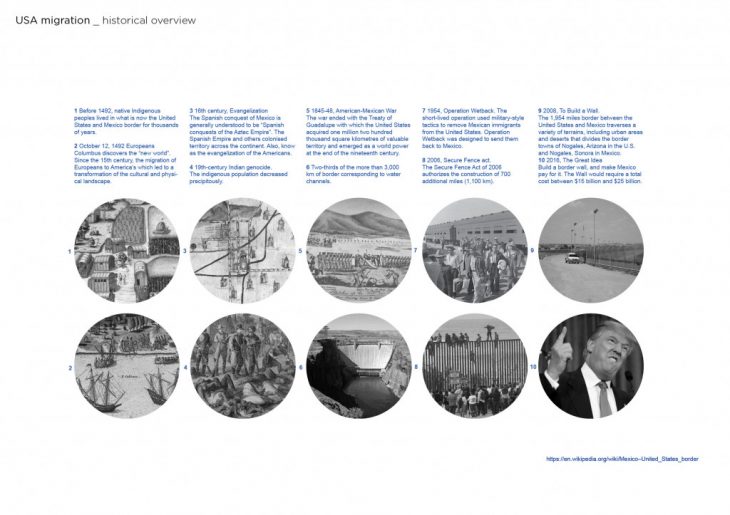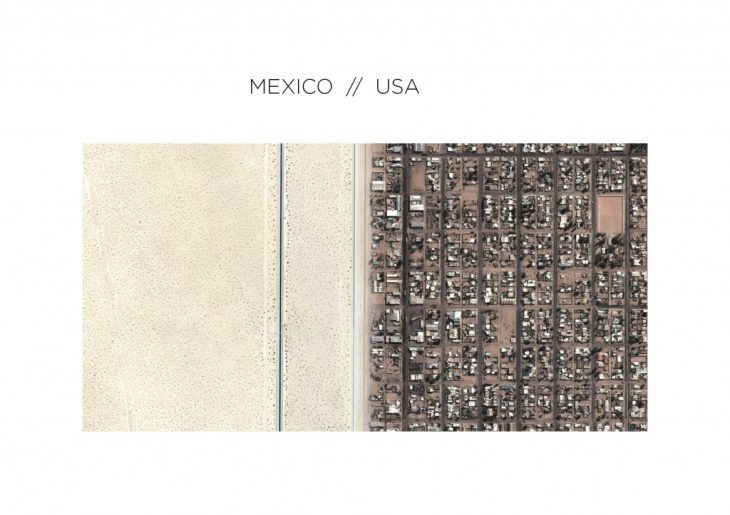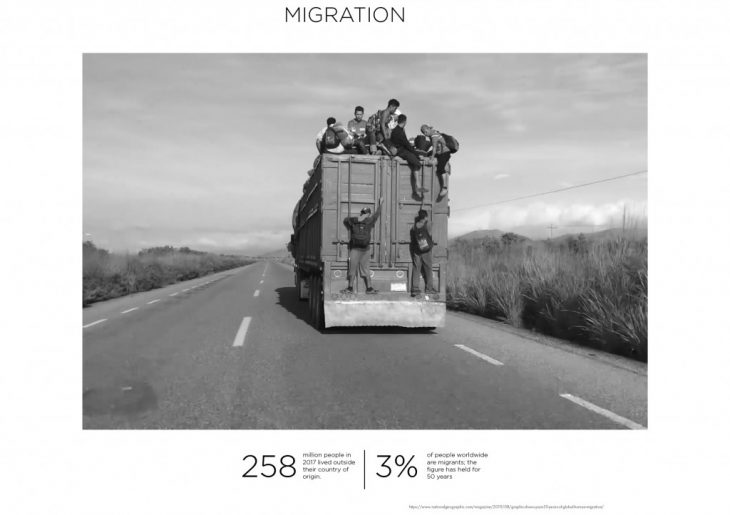
The Context
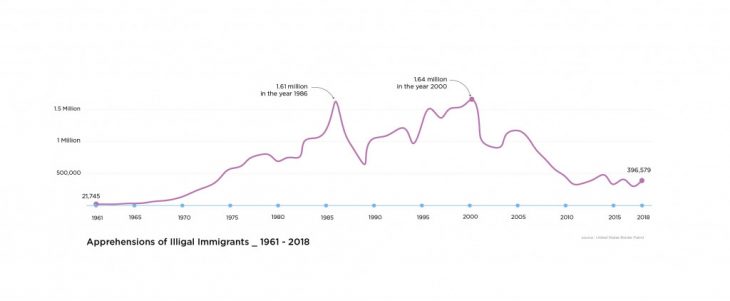
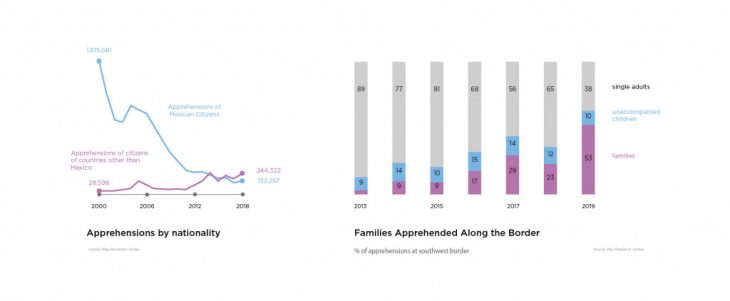
Problematic
Apprehensions of illegal immigrants in the United States hit an all time high in the 2000 under the presidency of Bill Clinton. Since then, the number of apprehensions has seen a rather steady decline reaching figures that had not been seen since the mid 1900s. Instead, it has become evident that migrants have chosen to take the legal route when it came to entering the United States. Drastic shifts in demographics have occurred, in 2013, 89% of people crossing the boarder were single adults, seeking employment to send money back to their families which stay in their countries of origin. Today these numbers has changed, 2019 saw 53% of migrants crossing with their families implying that their reasons for uprooting their lives are more severe then ever as they risk everything in order to escape the conditions they face such as poverty, violence and climate change.
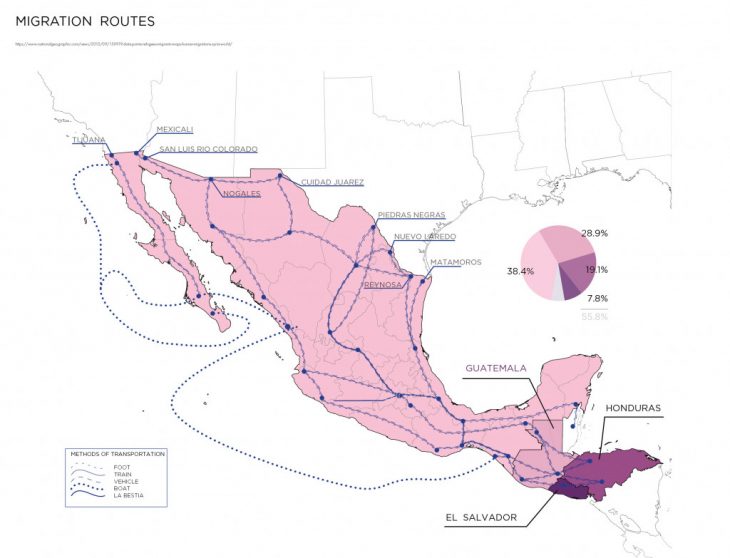
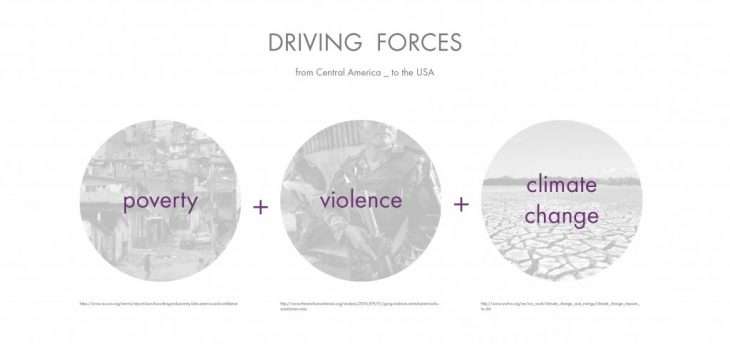
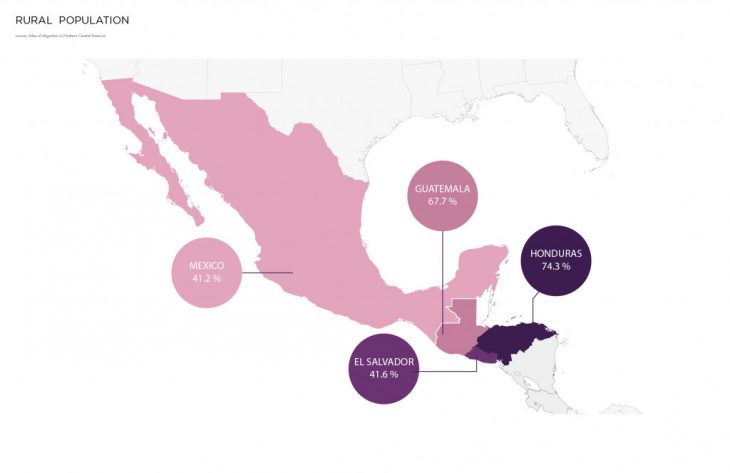
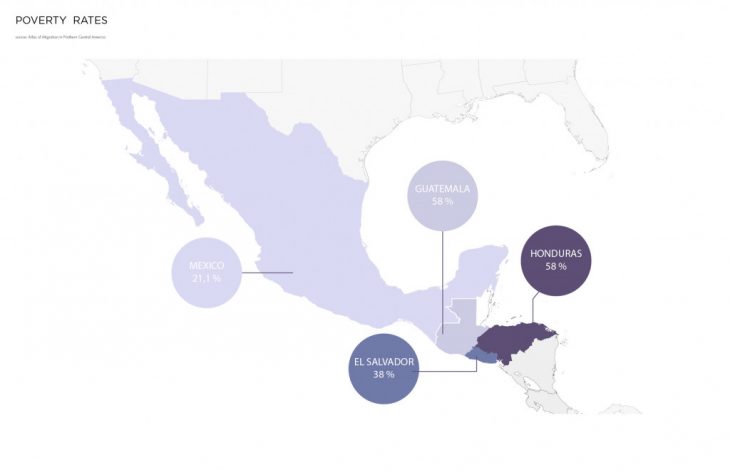
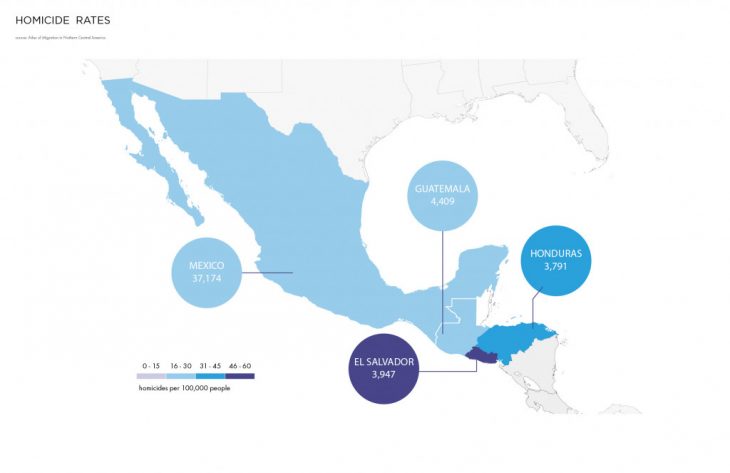
The majority of people crossing the border are no longer from Mexico, instead they come from countries further south, notably El Salvador, Guatemala and Honduras. The high percentage of families living in rural communities is most susceptible to environmental disasters. Therefore, it explains the rise in families immigrating due to climate change related issues.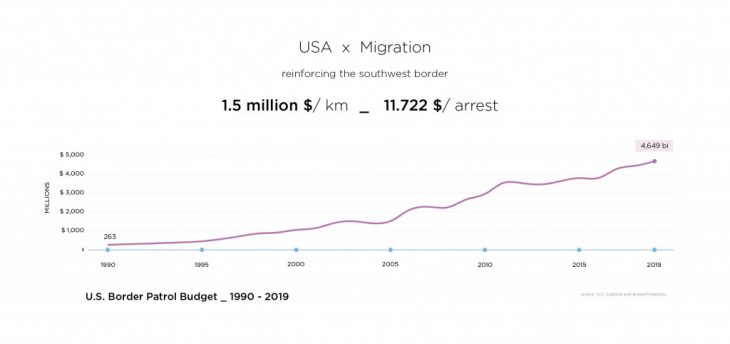
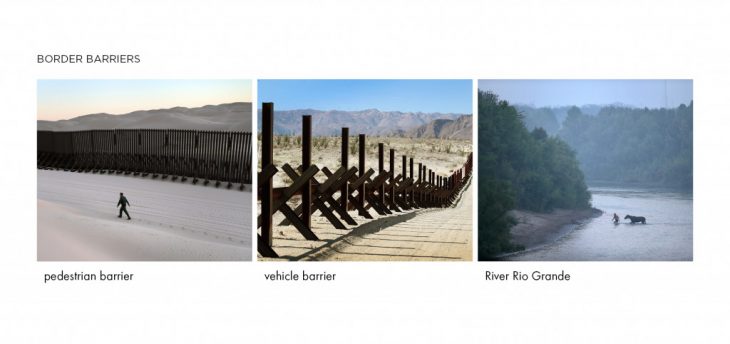
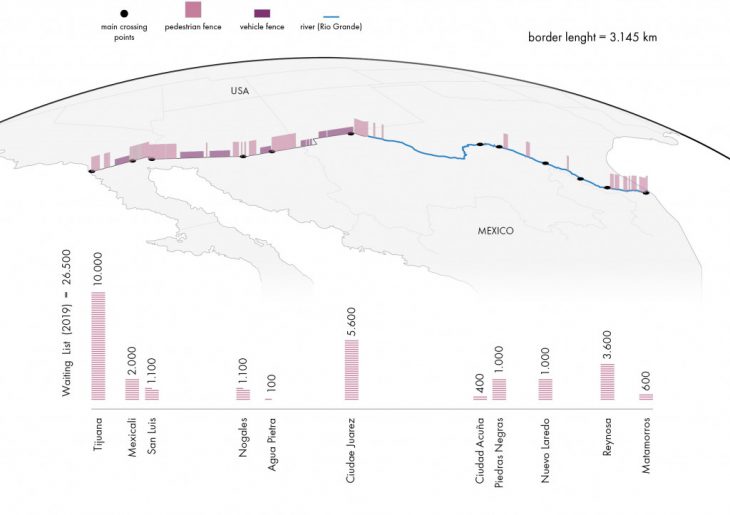
The United States of America has been increasing their investment on border control since 1990. In 2019, the government, under Donald Trump’s direction spent above 4.5 billion dollars in order to reinforce the southern border, notably in order to build the infamous wall. A baffling 1.5 million dollars per Kilometer is spent yearly in order to keep illegal migrants from crossing the border. Although the plan is to build a wall along the entirety of the Mexican border, Trump’s dream is far from becoming a reality with more than 80% of the 3.145 km border having no man-made obstacle to stop people crossing by foot. The lack of barrier does not mean everyone is crossing illegally, approximately 26,500 people are on the waitlist seeking asylum at the 11 major crossing points spread across the border. 
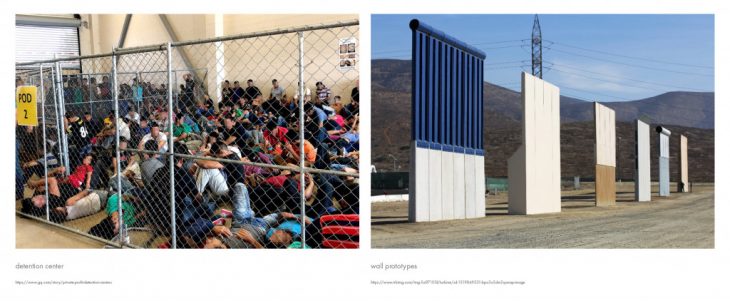
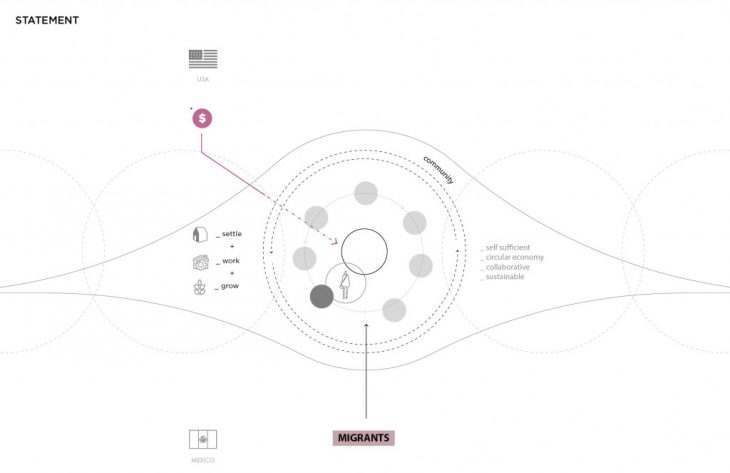
Concept Development
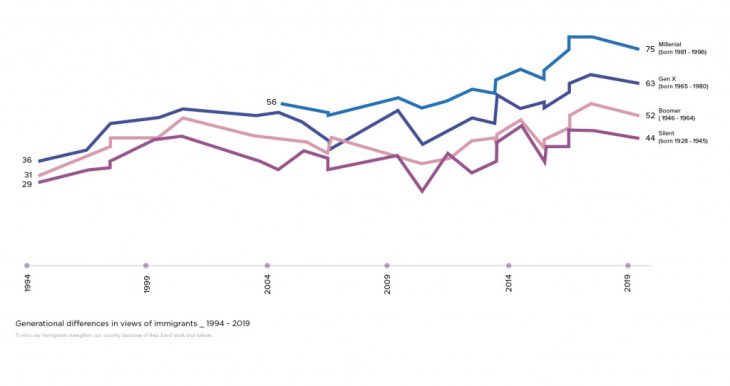
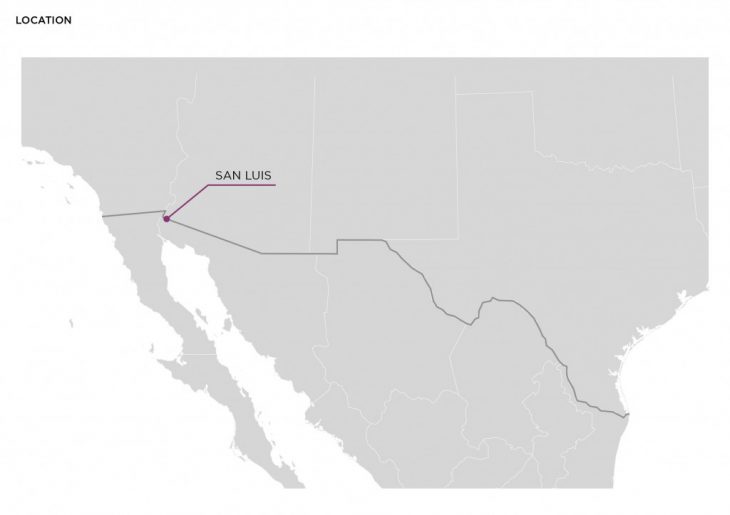
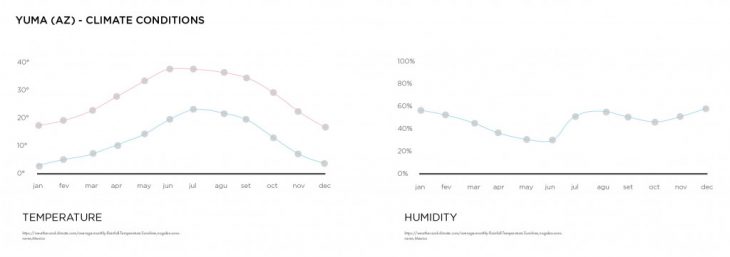

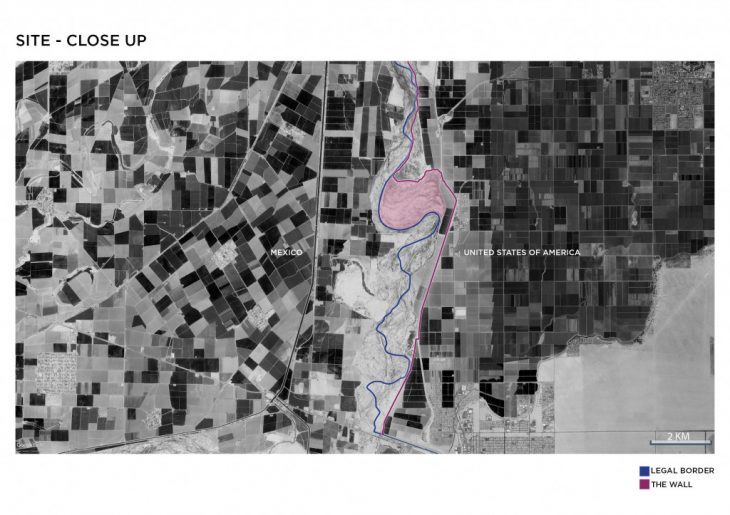
The Site
The arid bed of the Colorado River, a natural course that once served as the boundary between the USA and Mexico, sets as the location. Between San Luis, Mexico and Yuma, Arizona, within the now invisible line separating the two countries and physical barriers put in place by the United States of America, emerges a place that signifies both a “no man’s land” and the death of the river. In this sense, the community settles in a location in between, and has the opportunity to act as a point of environmental regeneration for the Colorado River. The project establishes a new place of exchange, growth, opportunity, and reflection, where people on the move, from different backgrounds, are welcome to come and contribute to a self sufficient settlement. 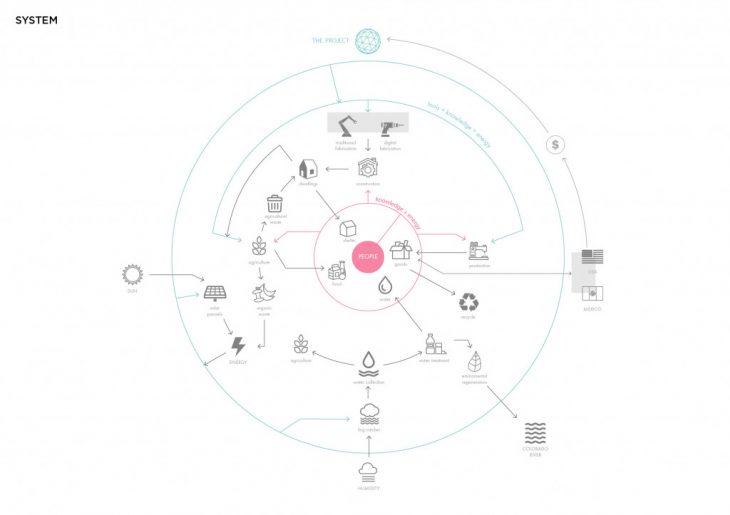
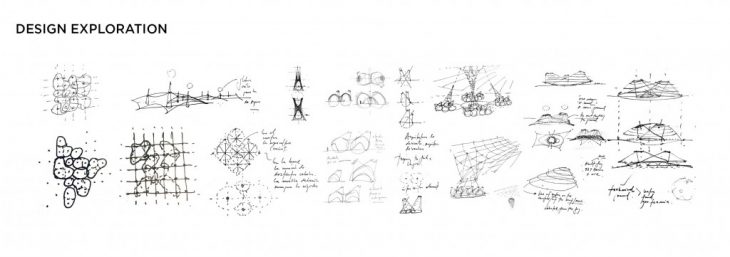



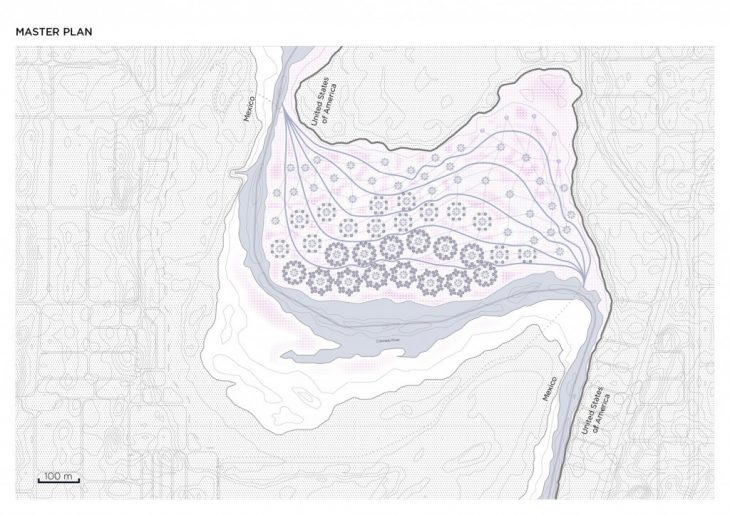
Master Plan
Each cell grows in five stages, always originating from the points informed by the infrastructural grid of the site. Starting with the autonomously 3D printed towers which represent the core of a cell. The cells then grows to accommodate agriculture, administration and then incorporates housing until it reaches its maximum capacity of 768 people.

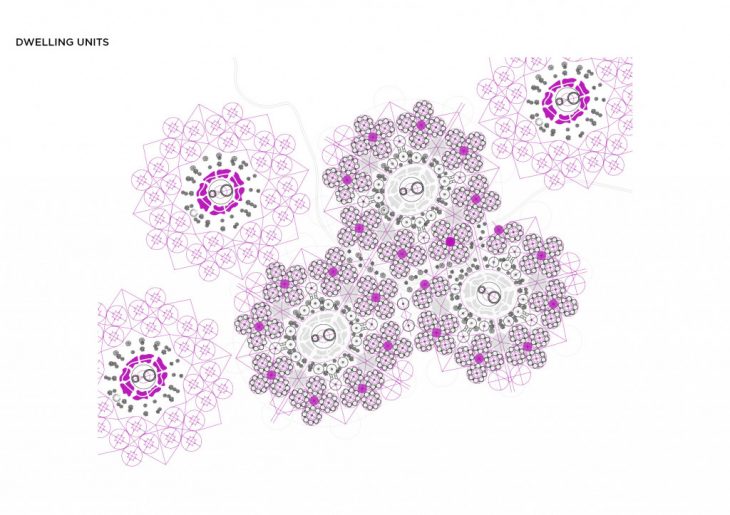
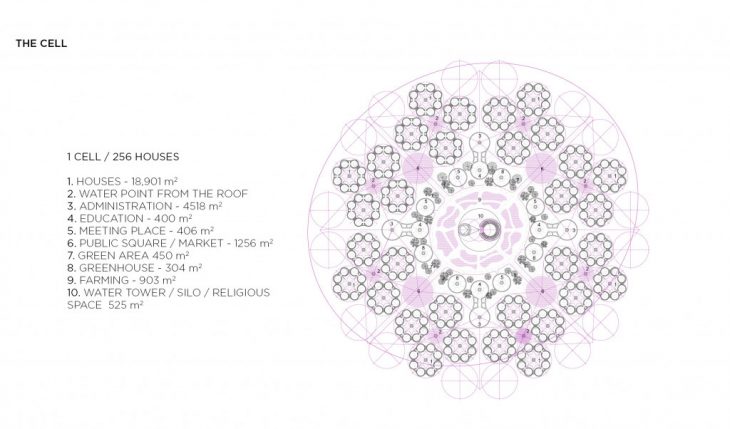
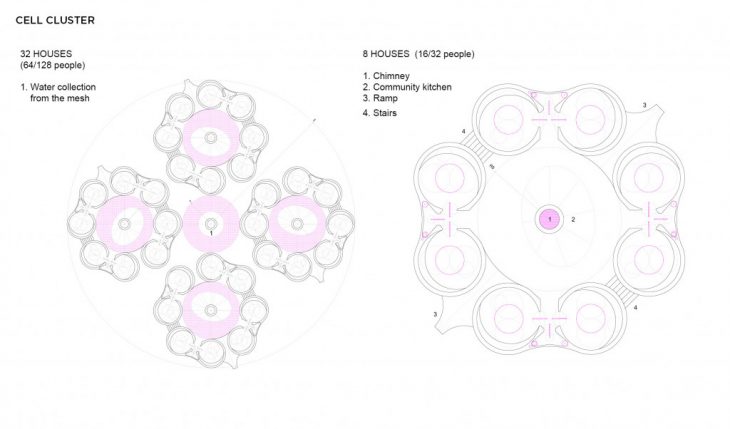
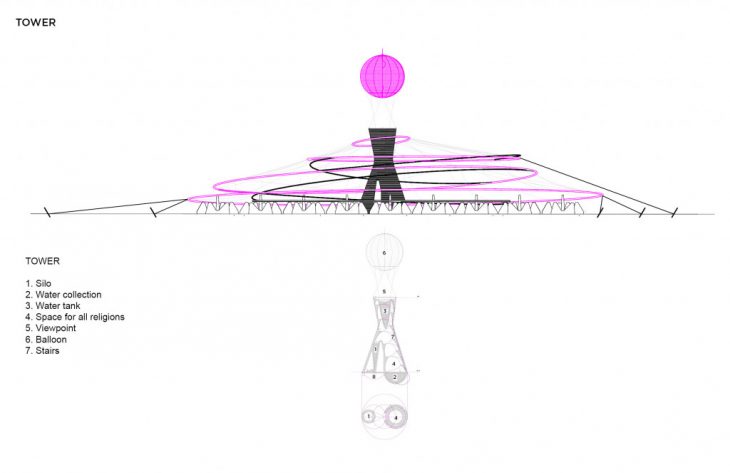

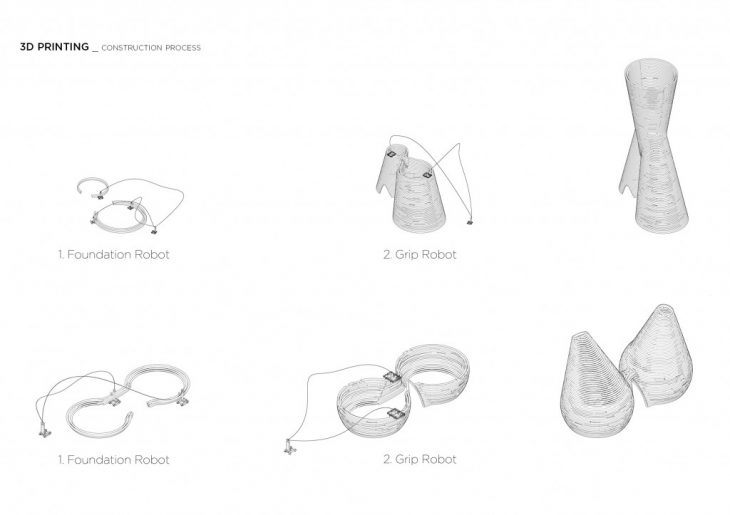
The Dwellings
The dwellings consist of 3D Printed houses made using agricultural waste. The cities surrounding the site are agricultural towns producing a great quantity of USA’s winter produce, including lettuce and wheat.
Thus utilizing the waste generated in harvesting these crops, can be used as a material for 3D Printing. Mini Builders, developed by IAAC, are autonomous robots which are sent to the site and print the houses according to the housing needs. The proposed design simply serves as a base for settlers to build upon and offers easy customization and flexibility for the users. This creates a circular economy wherein materials can be supplied by the neighboring agricultural community. These dwellings, if not maintained will decompose into soil which can then either be reused as fertilizer in the farmlands or can be rebuilt by the settlers according to their needs.
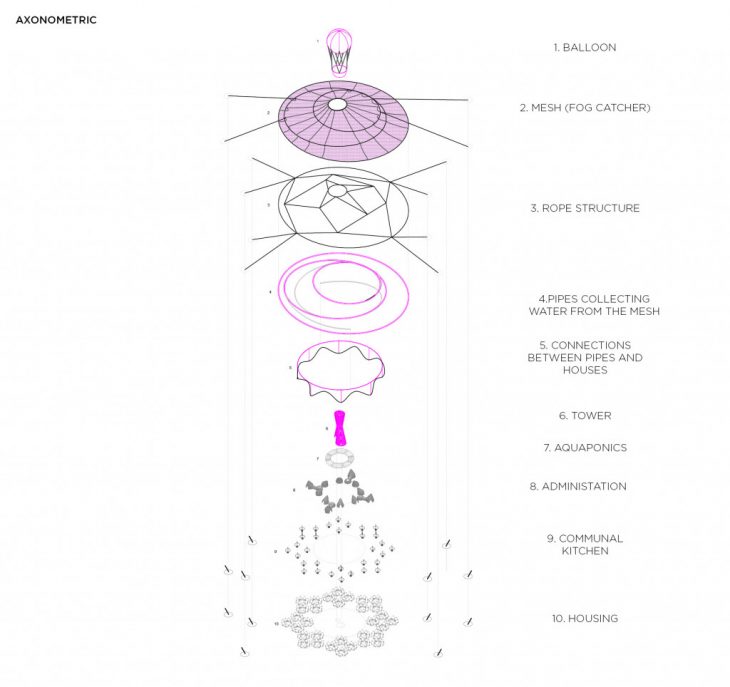
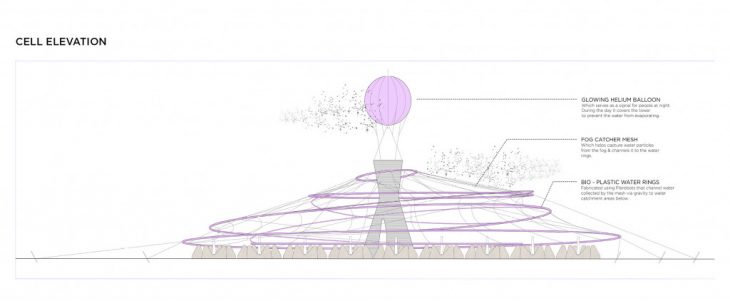
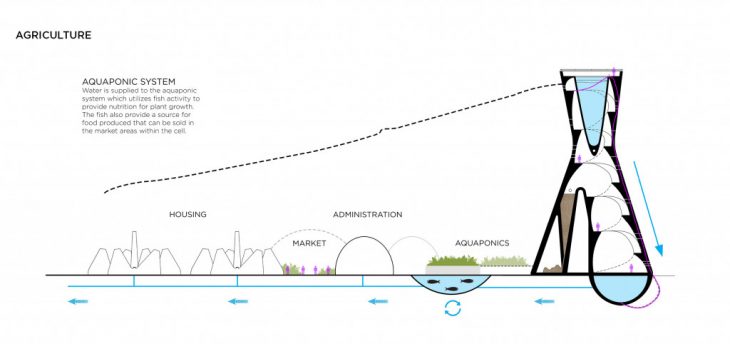
 The Mesh
The Mesh
The mesh of the cell serves as a fog catcher in order to harvest the prominent amount of fog found in the Arizona Desert. The mesh is able to moved around the central tower by altering the ring placement in order to optomize the amount of water it collects based on wind directions. The water is then distributed through iternal pipes reaching points that touch down between houses. It is also sent into the tower to be stored for later use. Balloons floating above the towers serve to cover the water towers during the day, in order to limit evaporation. At night they rise and become signals for incoming settlers.
Another layer of the mesh is a photovoltaic textile which converts visible light into direct current. The mesh serves as way of harvesting water and energy. It is also intended to protect inhabitants from the sweltering heat along this portion of the border.
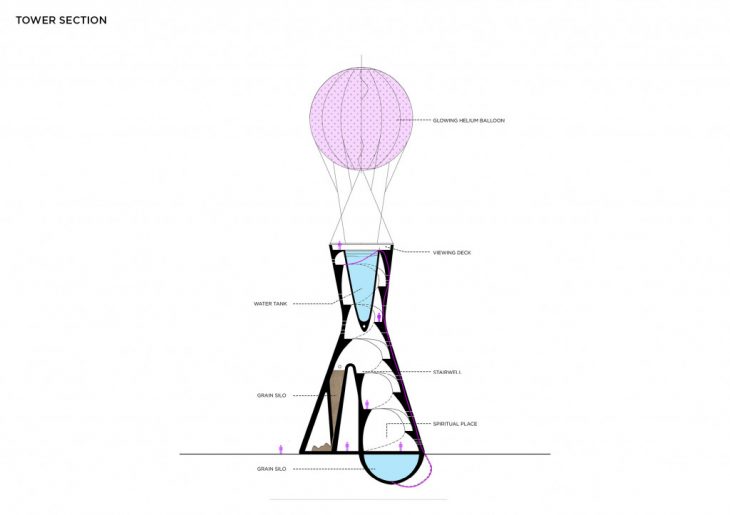
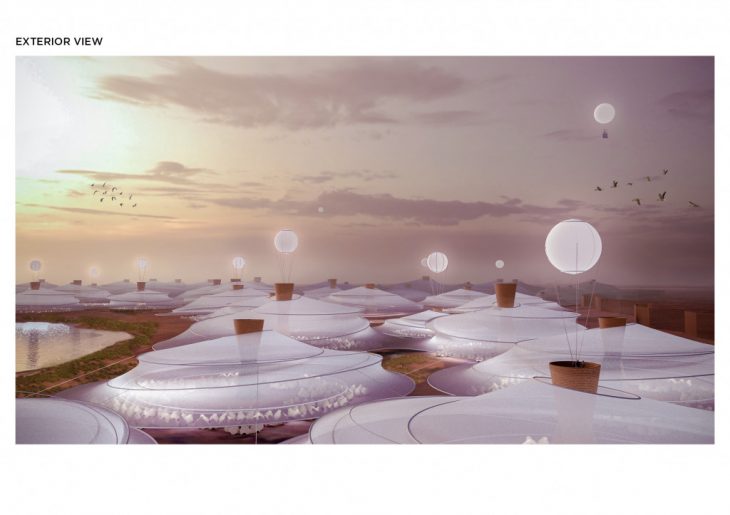
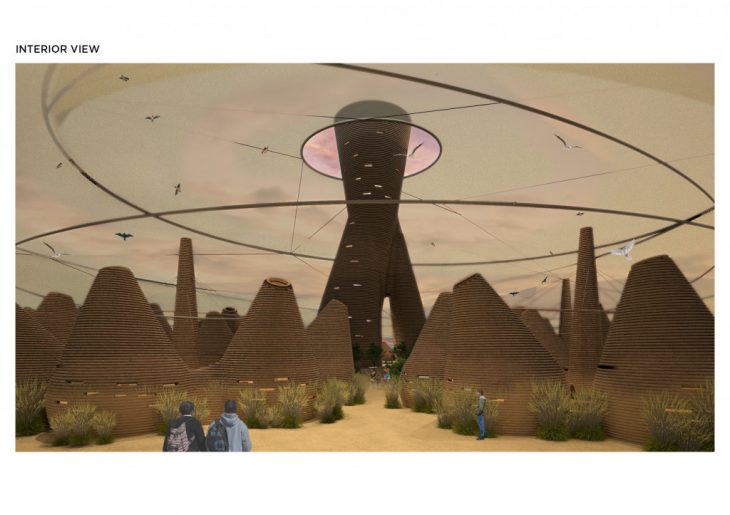
The House of the Future // Migration is a project of IAAC, Institute for Advanced Architecture of Catalonia developed Master in Advanced Architecture in 2019/2020 by:
Students: Siddharth Aryamane, Zackary Bryson, Bruno Ganem Coutinho, and Tomas Garcia de la Huerta
Faculty: Carmelo Zapulla | Assistant Faculty: Sebastian Amorelli
